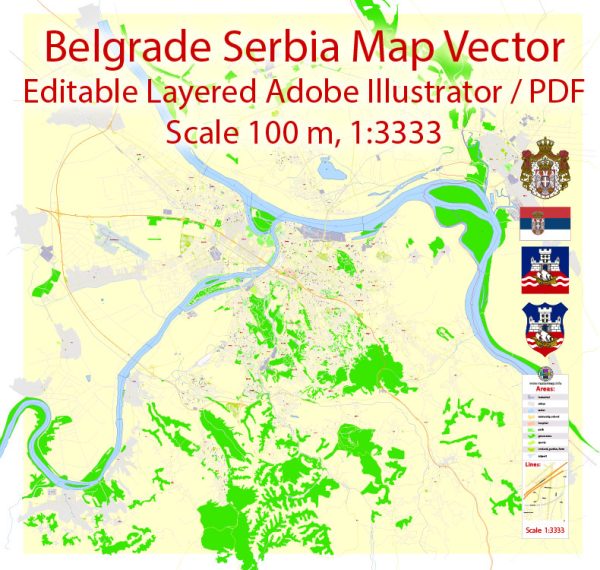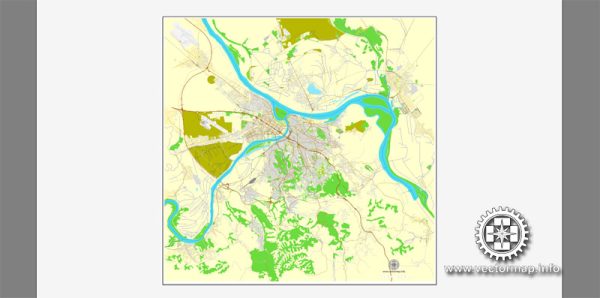Belgrade, the capital of Serbia, is divided into a number of city districts (or municipalities) that each have their own unique characteristics and offer various amenities and attractions. As of my last knowledge update in September 2021, here’s a brief description of some of the prominent districts in Belgrade:
- Stari Grad: Stari Grad, which translates to “Old Town,” is the historic center of Belgrade. It’s home to many cultural and historical sites, including the Belgrade Fortress, Kalemegdan Park, and the bohemian Skadarlija street, known for its cafes, restaurants, and artistic atmosphere.
- Vračar: Vračar is a central district known for the iconic Saint Sava Temple, one of the largest Orthodox churches in the world. It’s a predominantly residential area with a mix of shops, cafes, and parks.
- Novi Beograd: Novi Beograd, or “New Belgrade,” is a modern and primarily residential district located on the west bank of the Sava River. It’s characterized by a grid-like urban layout, high-rise buildings, and business centers. The area is also home to the Belgrade Arena and Sava Centar.
- Zemun: Zemun, situated on the banks of the Danube River, has a distinct charm with its historic architecture and a more relaxed atmosphere. It’s known for its quaint streets, waterfront promenade, and the Gardos Tower offering panoramic views of the city.
- Palilula: Palilula is a diverse district, featuring a mix of residential and commercial areas. It’s home to the Tašmajdan Park and St. Mark’s Church. The district is well-connected to other parts of the city.
- Voždovac: Voždovac is a predominantly residential area known for its green spaces, including Banjica Forest and the Park and Museum of Aviation. It’s a peaceful district with a suburban feel.
- Rakovica: Rakovica is another residential district with a mix of urban and suburban areas. The municipality is known for its parks, such as Miljakovac Forest and Veljko Vlahović Park.
- Čukarica: Located along the Sava River, Čukarica offers a mix of residential and recreational areas. Ada Ciganlija, a popular artificial lake and park, is a major attraction in this district.
- Vračar: Known for its vibrant street life and numerous cafes, it’s a popular destination for those looking to enjoy Belgrade’s cafe culture. Additionally, it’s home to the Temple of Saint Sava, one of the largest Orthodox churches in the world.
- Savski Venac: This district encompasses the affluent area of Dedinje, where you can find many embassies and luxury homes. It’s also home to the Museum of Yugoslavia, which includes the House of Flowers, the final resting place of Josip Broz Tito.
Please note that the city’s administrative divisions may change over time, and new developments may have occurred since my last update. For the most current information and specific details about each district, it’s advisable to consult local sources or official city government websites.



 Author: Kirill Shrayber, Ph.D.
Author: Kirill Shrayber, Ph.D.